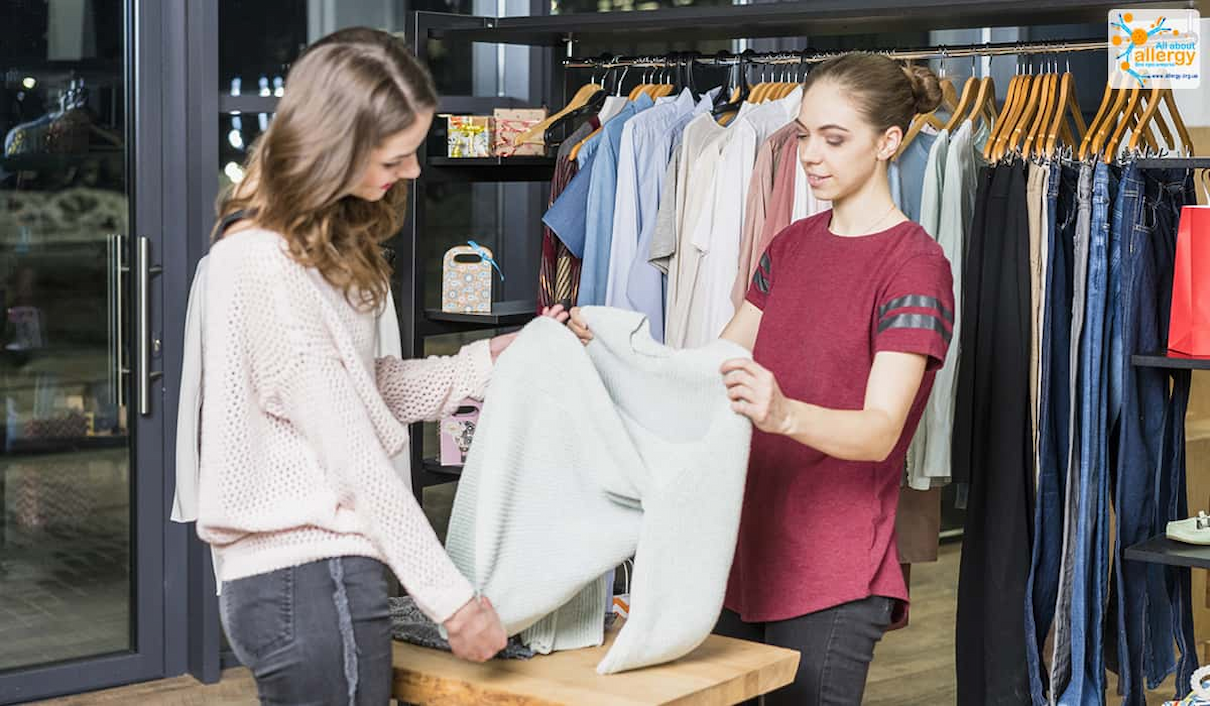The shape and elasticity of knitted fabric are one of a kind from those of woven fabric. Knitted material is capable of stretching extra quite simply because it’s miles synthetic by way of wrapping strands collectively, however, woven fabric is made by using interlacing sets of yarns at proper angles, which results in a stiffer, less flexible cloth. While woven material is suggested for lengthy-lasting merchandise like denim and coats, knitted fabric’s flexibility renders it perfect for cushy, snugly becoming garb. You can investigate both kinds at t & a textiles fabric shop Manchester, which offers a range of knitted and woven fabric items appropriate for various demands and designs.
Method of Construction and Structure
Knitted fabric is produced by continuously looping yarns to create loops that resemble rows or “courses.” The ribbed cloth gets its distinctive suppleness and stretchiness from this looping method. Weft (horizontal) and warp (vertical) yarn sets are interlaced at exactly 90 degrees to produce woven fabric. In comparison to knits, this method creates a fabric that is tighter and less elastic, giving it a more robust framework.
Flexibility and Stretch
Knitted fabric is well-known for its inherent elasticity, which contributes to its softness and form-fitting qualities. The fabric’s loops enable it to expand horizontally as well as vertically, making it perfect for items like t-shirts and sportswear. Unless elastic fibres are incorporated, woven fabric typically has little to no inherent flexibility. Because they resist spreading out and hold their original form over time, woven objects are more stable.
Sturdiness and Power
Knitted Fabric: Knitted materials are typically less durable than woven fabrics, despite being more adaptable and soft. Tears could result from the open-loop structure’s propensity to grab. Woven Fabric Because of its intertwined construction, it is more resilient and stiffer. Because woven materials are more resilient to deterioration, they are perfect for long-lasting items like furniture, purses, and jeans.
Texture and Appearance
Knitted fabric: Usually seems more comfortable and casual because of its smooth, silky feel that fits the body. Jersey and rib knit are two examples of knitted materials with varying textures. Woven fabric usually has a more finished and structured appearance, with different finishes offered by patterns like satin, twill, and straight weave. Formal attire and sophisticated clothing frequently use woven fabrics.
Ability to Breathe and Airflow
Knitted Fabric: Better airflow is made possible by the looped framework, which makes it easier to breathe. Since it keeps the user cool, it’s a popular option for warm-weather apparel. Woven Fabric because the strands are densely interlaced, it has restricted ventilation. In addition to making woven clothing feel cosier, this offers a little more insulation in colder climates.
Resistance to Wrinkles
Knitted fabric’s flexibility makes it inherently more resistant to wrinkles. Knits are easy to maintain for transportation since they may regain their original shape after stretching or wrinkling. Wrinkles are more likely to appear in woven fabrics, particularly those composed of natural fibres like cotton. Synthetic mixes or fabrics that are woven, however, can lessen wrinkles.
Fabric Shrinkage Following Washing:
Because of their flexible organisation, knits often shrink more, particularly when heated. One way to lessen shrinkage is to use cold water and let it air dry. Because the tightly coupled threads hold their shape better through washing and drying, woven fabric degrades less than knitted fabric.

Softness and Comfort
Knitted fabric is renowned for being cosy and soft. Because it stretches readily, the cloth can move with the body, making it feel more comfortable. Despite its durability, woven fabric typically feels less pliable against the skin. Although it might not be as comfy for daily wear, it’s perfect for sophisticated outfits.
Maintenance Ease
Knitted fabric frequently needs softer handling to prevent shrinkage or excessive strain. For sensitive knits, hand washing and air drying are advised. Many woven textiles are machine-washable and resistant to significant shape modifications, making them easier to maintain. They are more resilient over the years because they are less prone to snag than knitwear.
Final words
Different clothing demands are met by knitted and woven textiles, each of which has special benefits depending on how it is made. While woven are excellent in a variety of uses, from business attire to interior textiles to casual apparel, knits are best for flexible, comfortable wear because of their superior resilience and stability.
Also read more: https://nownewsusa.com/what-types-of-hosiery-are-best-for-business-attire/

